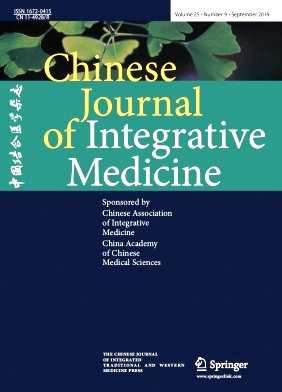 1-3个月快速审稿
1-3个月快速审稿《中国结合医学杂志(英文版)》是由中国中西医结合学会中国中医研究院主办,由国家中医药管理局主管的医学类期刊期刊.
《Chinese Journal of Integrative Medicine》(月刊),邮发代码:82-825,创刊于1995年,《中国结合医学杂志》由国家中医药管理局主管,中国中西医结合学会及中国中医科学院主办。是及时本被SCI收录的结合医学领域的同行评审杂志(2011年改为月刊)。
《Chinese Journal of Integrative Medicine》主要宣传党的中医政策和中西医结合方针,报道我国中西医结合在临床、科研、预防、教学等方面的经验和成果,探讨中西医结合的思路和方法,介绍国内外有关本专业的进展,开展学术讨论,为提高西医结合水平、继承和发扬我国传统的医药学、促进我国医学科学现代化,为人类健康服务。
Instructions to Contributors
The English edition of Chinese Journal of Integrative Medicine is edited and published by the Chinese Journal of Integrated Traditional and Western Medicine Press. Original scientific papers of advanced clinical and experimental medicine in the field of complementary/alternative medicine or integrative medicine are expected. Articles must not have been published in English elsewhere and are not under simultaneous consideration by other publications. Manuscripts The manuscripts should be prepared in accordance with the "Uniform Requirements for Manuscripts Submitted to Biomedical Journals: Writing and Editing for Biomedical Publication"(www.ICMJE.org). For randomized controlled trials, approval by ethics committee and signed informed consent from each subject must be stated , and the manuscript should be prepared according to CONSORT 2010 and submitted with CONSORT 2010 checklist. The manuscripts should be written in English, each copy 3000–5000 words. The English manuscript should be typed double spacedly. For Chinese authors, please also submit Chinese version of the manuscript if available, as this could be useful to a Chinese reviewer.
Title Page
This page includes the title of the article which should be concise but informative; name of each author in English and Chinese (for Chinese author); name of department(s) and institution(s) to which the work was done; address, telephone and fax numbers, and E-mail address of author responsible for correspondence about the manuscript; and any grant support should be mentioned on this page. Abstract and Key Words The abstract (of no more than 300 words) should consist of four paragraphs, labeled Objective, Methods, Results, and Conclusions. They should state the purpose of the study or investigation, basic procedures, main findings (give specific data and their statistical significance), and the conclusions. Below the abstract provide 3-8 key words. Use terms from the medical subject headings (MeSH), and the traditional Chinese medical subject headings, present terms may be used. Avoid abbreviations in the title, abstract and key words. Text Introduction State the purpose of the article. Give a brief, relevant background to the study. Methods Describe the subjects (patients or laboratory animals, and the controls, including criteria for selection) clearly. For experimental investigations of human subjects, "Declaration of Helsinki: Ethical principles for medical research involving human subjects" (http://www.wma.net/e/policy/pdf/17c.pdf) should be followed. Describe the methods, apparatus and procedures in sufficient detail.
Identify precisely all drugs and chemicals used, including generic name(s), dose(s) and route(s) of administration. Results Present the results in the text, tables and illustrations concisely, do not repeat in the text all the data in the tables or illustrations; summarize only important observations. Discussion Emphasize the new and important aspects of the study and the conclusions that follow from them.
Include the implications of the findings and their limitations, as well as implications for future research. State new hypotheses when warranted, but clearly label them as such. References Number the references consecutively in the order in which they are first mentioned in the text. The form of references should conform to the Index Medicus. List all authors when there are six or fewer; when there are seven or more, list the first six, followed by "et al." The following are sample references.
1. Sawin CT, Geller A, Wolf PA, Belanger AJ, Baker E, Bacharach P, et al. Low serum thyrotropin concentrations as a risk factor for atrial fibrillation in older persons. N Engl J Med 1994; 331:1249-1252.
2. Zhang HX, Shi ZX, Jia HZ, Li G, ChengWL, Gu WL, et al. Effects of garlicin on NIH3T3 cell proliferation and collagen synthesis. Chin J Integr Tradit West Med (Chin) 2007;27:431-434.
3. Wellens HJJ, Brugada P, Bar F. Diagnosis and treatment of the regular tachycardia with a narrow QRS complex. In: Klbertus HE, ed. Medical management of cardiac arrhythmias. Edinburgh, Scotland: Churchill Livingstone; 1986:121-132. means articles published in Chinese
Tables
Generally, the tables should be a three-line style. Type each of the tables with double space and with number and title. Data should be arranged clearly and concisely.
Footnotes should be kept to a minimum. Columns must be provided with headings and units.
Illustrations
Photographs should be provided as high-resolution component files. When symbols, arrows, numbers, or letters are used to identify parts of the illustrations, explain each one clearly. Identify the original magnification and method of staining in photomicrographs. Units of Measurement Measurement of length, height, weight and volume should be reported in metric units (meter, kilogram, or liter) or their decimal multiples. All hematologic and clinical-chemical measurement should be reported in the metric system in terms of the International System of Units (SI). Abbreviations and Terminology Use only standard abbreviations. All abbreviations and acronyms are to be spelled out in full on their first appearance in the text. Herbs are to be presented by their common, pharmaceutical and pinyin or Latin names. Acupuncture terms are to be conformed to World Health Organization nomenclature.
Submission of Manuscripts
To speed up publication, authors should submit manuscripts through the ScholarOne Manuscript online system at http://mc03.manuscriptcentral.com/cjim or http://www.cjim.cn/english/en/dpml.asp. All manuscripts should be accompanied by a cover letter with the following information: significance of the paper to the readers of the Journal; a statement that the material is original and has not been submitted for publication elsewhere; written disclosure of any relationships or support which might be perceived as constituting a conflict of interest; a statement indicating that all authors have participated in the study and concur with the submission and subsequent revisions submitted by the corresponding author.
All contributions are subject to peer review, and the first round peer review is anticipated to be finished within one month. The publisher will provide the author(s) two copies of the journal free of charge. For any further enquiries, please do not hesitate to contact us by email: cjim_en@cjim.cn
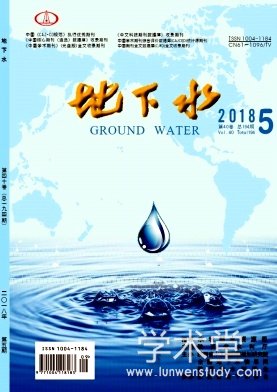 地下水杂志省级
地下水杂志省级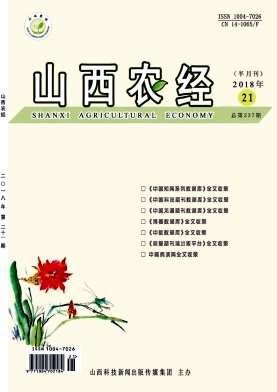 山西农经省级
山西农经省级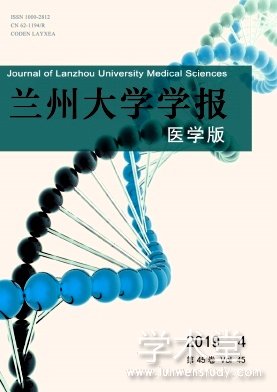 兰州大学学报(医学版)国家级
兰州大学学报(医学版)国家级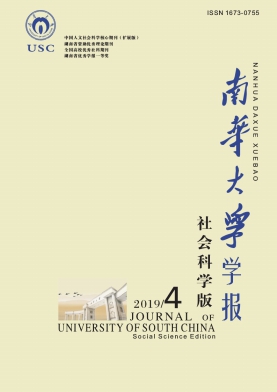 南华大学学报(社会科学版)CSSCI南大核心,北大核心
南华大学学报(社会科学版)CSSCI南大核心,北大核心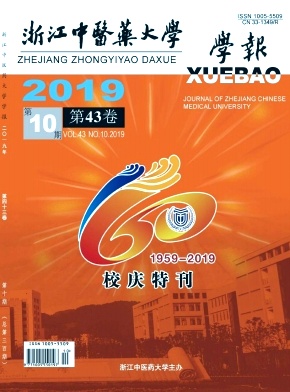 浙江中医药大学学报国家级
浙江中医药大学学报国家级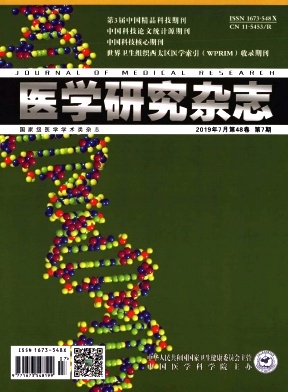 医学研究杂志统计源核心
医学研究杂志统计源核心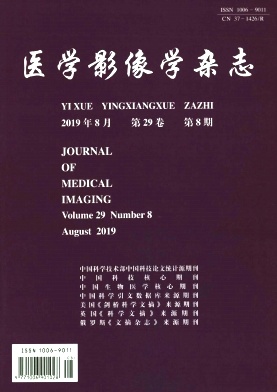 医学影像学杂志统计源核心
医学影像学杂志统计源核心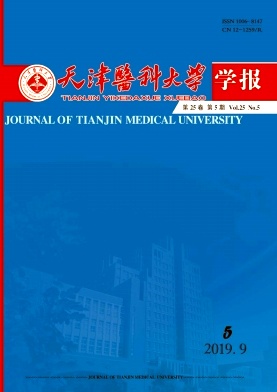 天津医科大学学报省级
天津医科大学学报省级




